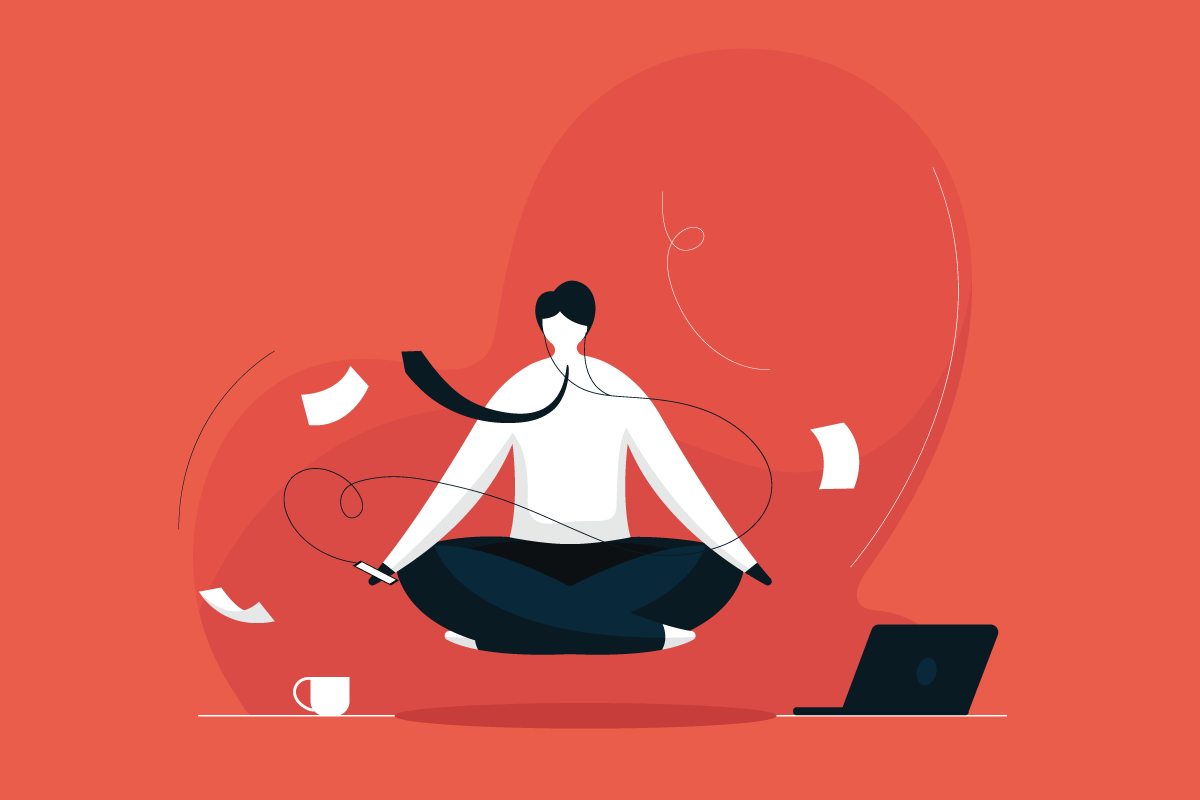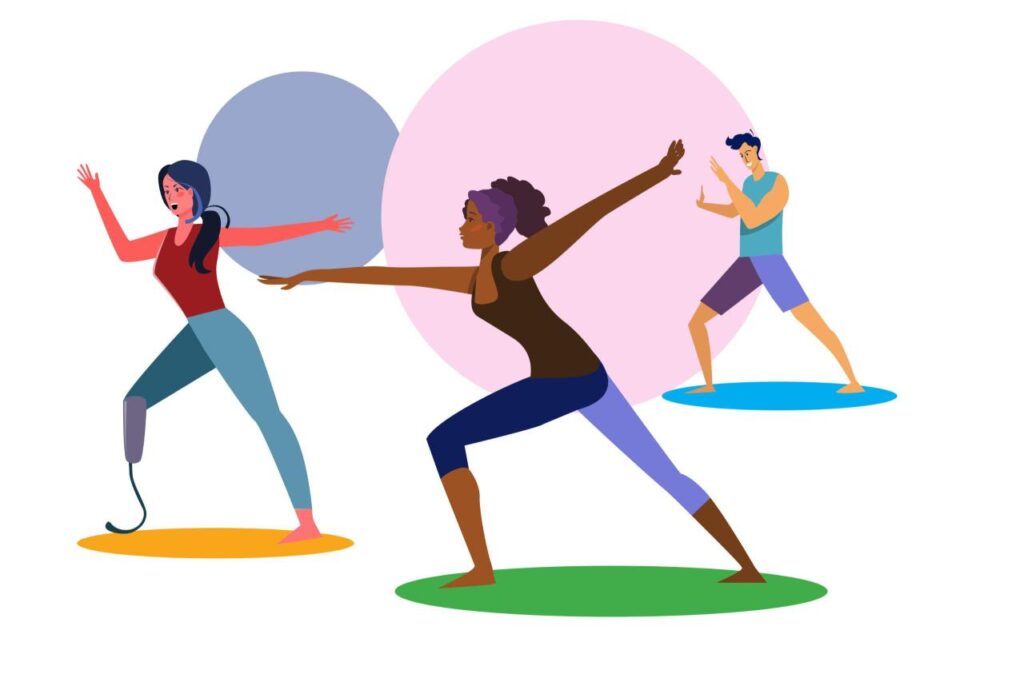In our modern, often hurried lives, we frequently find ourselves caught in the currents of past regrets or future anxieties. Yet, the true richness of existence lies in the present moment—a constantly unfolding landscape of opportunities, sensations, and connections. This article is your comprehensive guide to understanding, cultivating, and maximizing your ability to experience more by truly living now. We’ll delve into the science behind presence, practical strategies for mindful living, how to overcome common distractions, and ultimately, how embracing the present can lead to a more fulfilling, joyful, and impactful life.
The Power of Presence

Why is living in the present moment so crucial for experiencing more of life? It’s where all life happens, and it’s where we have the power to create, connect, and appreciate.
A. The Only Reality We Possess: The past is a memory, and the future is an imagination. The only tangible reality we ever truly inhabit is the present moment. By constantly dwelling on what was or what might be, we miss the richness of what is. This immediate experience is where life unfolds.
B. Enhanced Sensory Awareness: When we are fully present, our senses become alive. We truly taste our food, hear the nuances in music, feel the warmth of the sun, and appreciate the beauty around us. This heightened awareness turns ordinary moments into extraordinary experiences.
C. Deeper Emotional Connection: Being present allows us to fully engage with our emotions, whether they are joyful, challenging, or subtle. It enables us to genuinely connect with others, fostering empathy, understanding, and more meaningful relationships. Avoiding the present often means avoiding true emotional depth.
D. Improved Mental Clarity and Focus: A mind rooted in the present is less cluttered by internal noise and external distractions. This leads to better concentration, enhanced decision-making, and a greater capacity for creative problem-solving. Worry and regret often dissipate when attention is anchored in the “now.”
E. Reduced Stress and Anxiety: Much of our stress and anxiety stems from ruminating on past events or catastrophizing about future scenarios. By bringing our awareness back to the present, we interrupt these destructive thought patterns, fostering a sense of calm and peace. The worries of yesterday and tomorrow vanish in the face of today’s reality.
Why We Struggle to Be Present
Despite the clear benefits, living in the present is often challenging. Our minds are wired to wander, and modern life presents numerous distractions.
A. The Mind’s Default Mode Network: Our brains are designed to think, plan, and analyze. The “default mode network” is active when we’re not focused on a specific task, leading to mind-wandering, often towards the past or future. This is a natural, but sometimes unhelpful, tendency.
B. Technological Overload and Constant Connectivity: Smartphones, social media, and constant notifications create an environment of perpetual distraction. We are conditioned to seek external stimulation, pulling us away from internal experience and present realities. The fear of missing out (FOMO) keeps us glued to screens.
C. Societal Pressure and Future Orientation: Society often emphasizes planning, achieving, and striving for future goals. While important, this can lead to a belief that the present is merely a stepping stone to something better, rather than an end in itself. We are encouraged to delay gratification and live for tomorrow.
D. Escapism and Avoidance: Sometimes, we consciously or unconsciously use distractions (like excessive work, entertainment, or even substance use) to avoid uncomfortable emotions or challenging realities in the present. This creates a cycle of avoidance that prevents genuine engagement with life.
E. Habit and Unconscious Patterns: Many of our patterns of thinking and behaving are deeply ingrained habits. We may not even realize how often our minds drift until we consciously try to bring them back. Breaking these habits requires consistent effort and awareness.
Practical Strategies for Living Now
Fortunately, presence is a skill that can be developed and strengthened with practice. Here are actionable strategies to help you cultivate a more present-moment awareness.
A. Mindfulness Meditation and Practice:
1. Formal Meditation: Dedicate specific time each day (even just 5-10 minutes) to sit quietly and focus on your breath. When your mind wanders, gently bring it back without judgment. Numerous guided meditations are available online.
2. Informal Mindfulness: Integrate mindfulness into daily activities. Pay full attention while eating, walking, doing dishes, or drinking a cup of tea. Notice the sensations, sights, sounds, and smells.
3. Body Scan: Lie down and systematically bring your attention to different parts of your body, noticing any sensations without trying to change them. This grounds you in your physical present.
B. Engaging the Senses Deliberately:
1. The “Five Senses” Exercise: When feeling overwhelmed or distracted, quickly name five things you can see, four things you can hear, three things you can feel, two things you can smell, and one thing you can taste. This instantly brings you back to the present.
2. Mindful Eating: Before eating, take a moment to observe your food – its colors, textures, and aroma. As you eat, savor each bite, noticing the flavors, temperatures, and mouthfeel. Chew slowly and deliberately.
C. Limiting Digital Distractions:
1. Scheduled Digital Detoxes: Designate specific times or days when you put away your phone and avoid screens.
2. Notification Management: Turn off unnecessary notifications that constantly pull your attention.
3. Phone-Free Zones/Times: Establish rules, like no phones at the dinner table or in the bedroom.
4. Conscious Device Use: Before picking up your phone, ask yourself: “Why am I doing this? Is it truly necessary or am I just reacting?”
D. Connecting with Nature:
1. Forest Bathing (Shinrin-Yoku): Spend time mindfully in nature, engaging all your senses. Notice the rustle of leaves, the scent of pine, the feel of the earth beneath your feet.
2. Walking Meditation: Instead of just walking to a destination, walk mindfully. Pay attention to the sensation of your feet on the ground, the rhythm of your breath, and the sights around you.
E. Practicing Gratitude:
1. Gratitude Journal: Each day, write down three to five things you are genuinely grateful for. This practice trains your mind to notice and appreciate the positive aspects of the present moment.
2. Expressing Gratitude: Verbally thank people for their kindness, or acknowledge positive experiences as they happen.
Overcoming Common Obstacles to Presence

Even with strategies in place, maintaining presence can be challenging. Here’s how to navigate common hurdles.
A. When Your Mind Won’t Stop Wandering:
1. Gentle Redirection: Don’t get frustrated. Simply acknowledge that your mind has wandered and gently bring your attention back to the present task or sensation. This is the core of mindfulness practice.
2. Short Bursts: Start with very short periods of mindful attention (e.g., 1 minute) and gradually increase the duration as your focus improves.
B. Dealing with Distracting Thoughts and Emotions:
1. Observe, Don’t Engage: Imagine thoughts and emotions as clouds passing in the sky. Acknowledge their presence without getting caught up in their stories or trying to suppress them. Let them pass.
2. Labeling: Mentally label thoughts as “planning,” “worrying,” “remembering,” “judging,” etc. This creates a psychological distance.
C. Coping with External Interruptions:
1. Communicate Boundaries: Inform colleagues or family members about your need for focused time.
2. Create a Conducive Environment: Minimize noise, clear your workspace, and reduce visual clutter.
3. Mindful Pauses: When interrupted, take a brief moment to re-center yourself before resuming your task.
D. The Pressure to Multitask:
1. Reframe Efficiency: Understand that single-tasking often leads to higher quality work and greater overall productivity than fragmented multitasking.
2. Start Small: Choose one activity per day to practice single-tasking and build from there.
E. Feeling Overwhelmed by the Present:
1. Grounding Techniques: Use physical sensations to ground yourself. Press your feet into the floor, hold an ice cube, or focus on a strong scent.
2. Breathwork: Deep, slow breaths can regulate your nervous system and bring you back to a calmer state.
3. Seek Support: If persistent overwhelm is an issue, consider talking to a therapist or counselor.
The Transformative Impact of Living in the Present
Embracing presence isn’t just about feeling good in the moment; it has profound, lasting effects on various aspects of your life.
A. Enhanced Relationships: When you are fully present with others, you listen more deeply, respond more thoughtfully, and connect on a more profound level. This strengthens bonds with family, friends, and colleagues. People feel truly seen and heard.
B. Increased Productivity and Creativity: A focused, present mind is a powerful tool. By reducing distractions and mental clutter, you can concentrate more effectively, leading to higher quality work and innovative solutions. Creative breakthroughs often occur when the mind is fully immersed.
C. Greater Emotional Regulation and Resilience: By observing emotions without judgment, you gain greater control over your reactions. You become less reactive to stressors and more resilient in the face of adversity, recovering more quickly from setbacks.
D. Improved Physical Health: Reduced stress and anxiety, better sleep quality, and a more conscious approach to eating can all lead to significant improvements in physical health. Many chronic conditions are exacerbated by chronic stress, which presence can mitigate.
E. A Deeper Sense of Purpose and Meaning: When you are present, you are more attuned to your inner values and what truly matters to you. This clarity can guide your decisions and actions, leading to a life that feels more aligned with your authentic self and imbued with greater meaning.
Integrating Presence into Your Lifestyle
Cultivating presence is a continuous practice, not a one-time achievement. Here’s how to weave it into the fabric of your daily life.
A. Start Small and Be Consistent: Don’t try to overhaul your life overnight. Begin with short, consistent practices (e.g., 5 minutes of mindful breathing daily) and gradually build from there. Consistency is more important than intensity.
B. Create Reminders: Place visual cues around your environment (e.g., a sticky note, a specific object) that prompt you to return to the present moment. Set gentle reminders on your phone.
C. Find a Community: Join a meditation group, a mindfulness workshop, or connect with others who are also working on cultivating presence. Shared experiences and support can be highly motivating.
D. Be Kind to Yourself: There will be days when your mind feels particularly busy or distracted. Don’t judge yourself. Simply acknowledge it and gently recommit to your practice. Self-compassion is key.
E. Reflect Regularly: Periodically reflect on your progress. What changes have you noticed? What areas still need attention? Adjust your practices as needed.
F. Embrace Imperfection: The goal is not to achieve perfect, constant presence, but to continually return to the present, even if just for a few moments. Every moment of presence is a victory.
Conclusion
The promise of a fuller, richer life doesn’t lie in a distant future or a nostalgic past. It resides entirely within the vibrant, ever-unfolding present moment. By understanding the mechanics of attention, diligently practicing mindfulness, consciously navigating distractions, and patiently integrating these habits into your daily existence, you unlock an incredible capacity to experience more. You will find deeper joy, greater peace, enhanced relationships, and a profound sense of purpose. Stop waiting for life to happen. Live now. Claim the richness that is already here, simply waiting for your full attention. Your most extraordinary experiences are happening right where you are.







